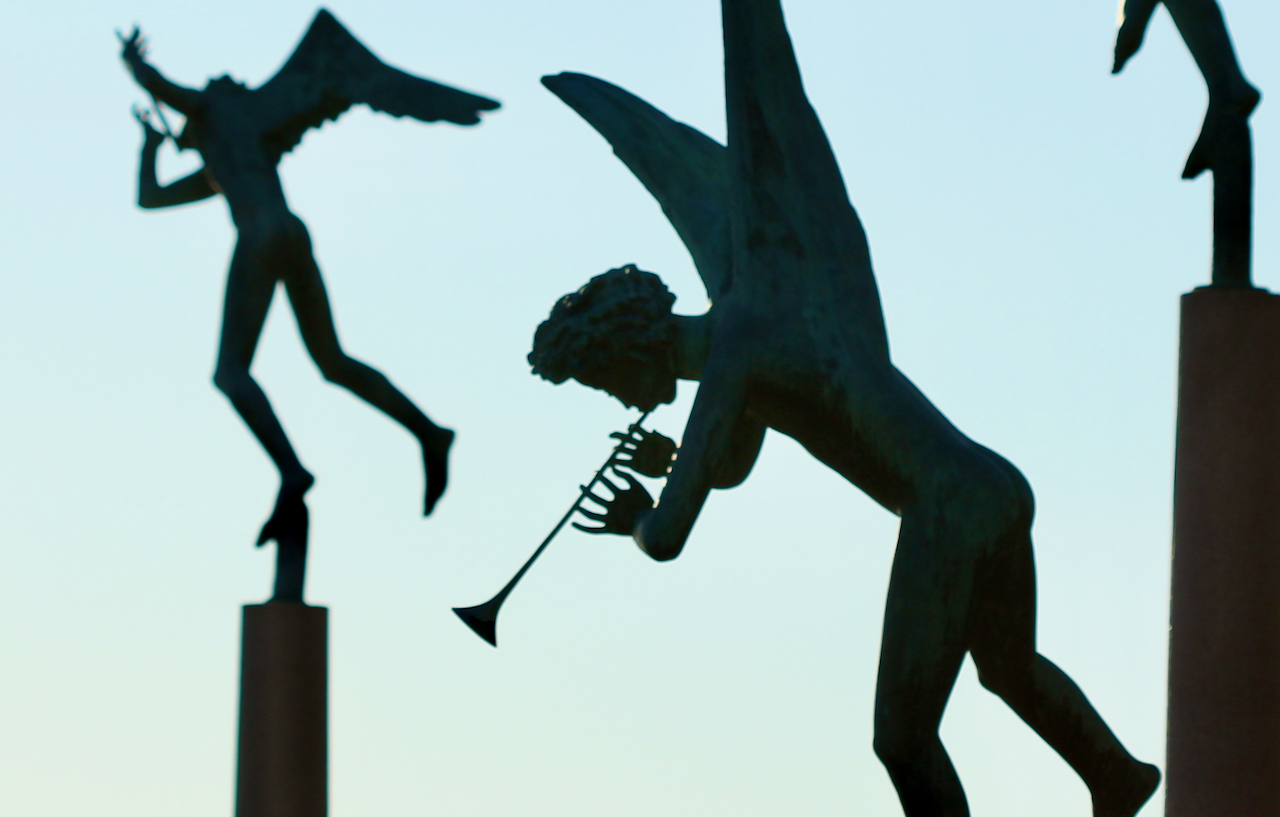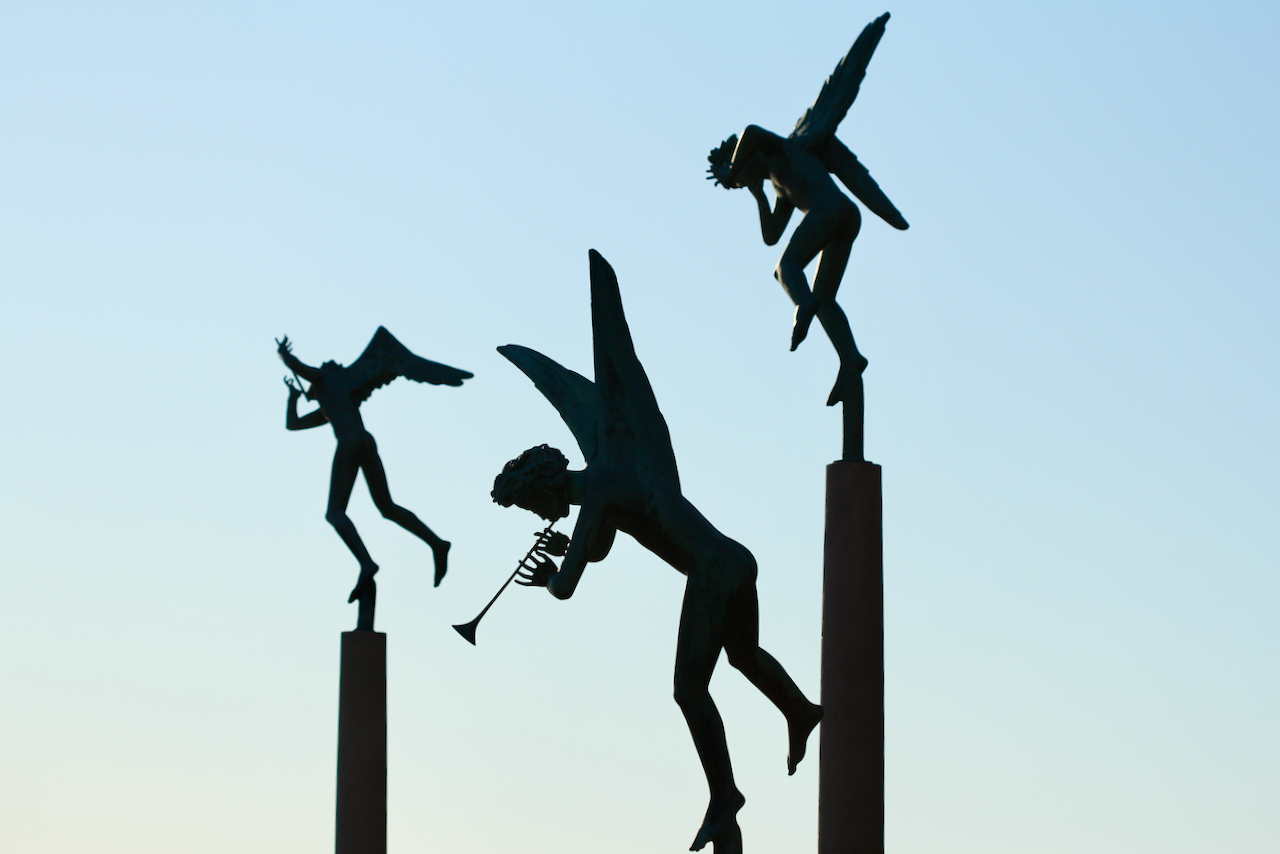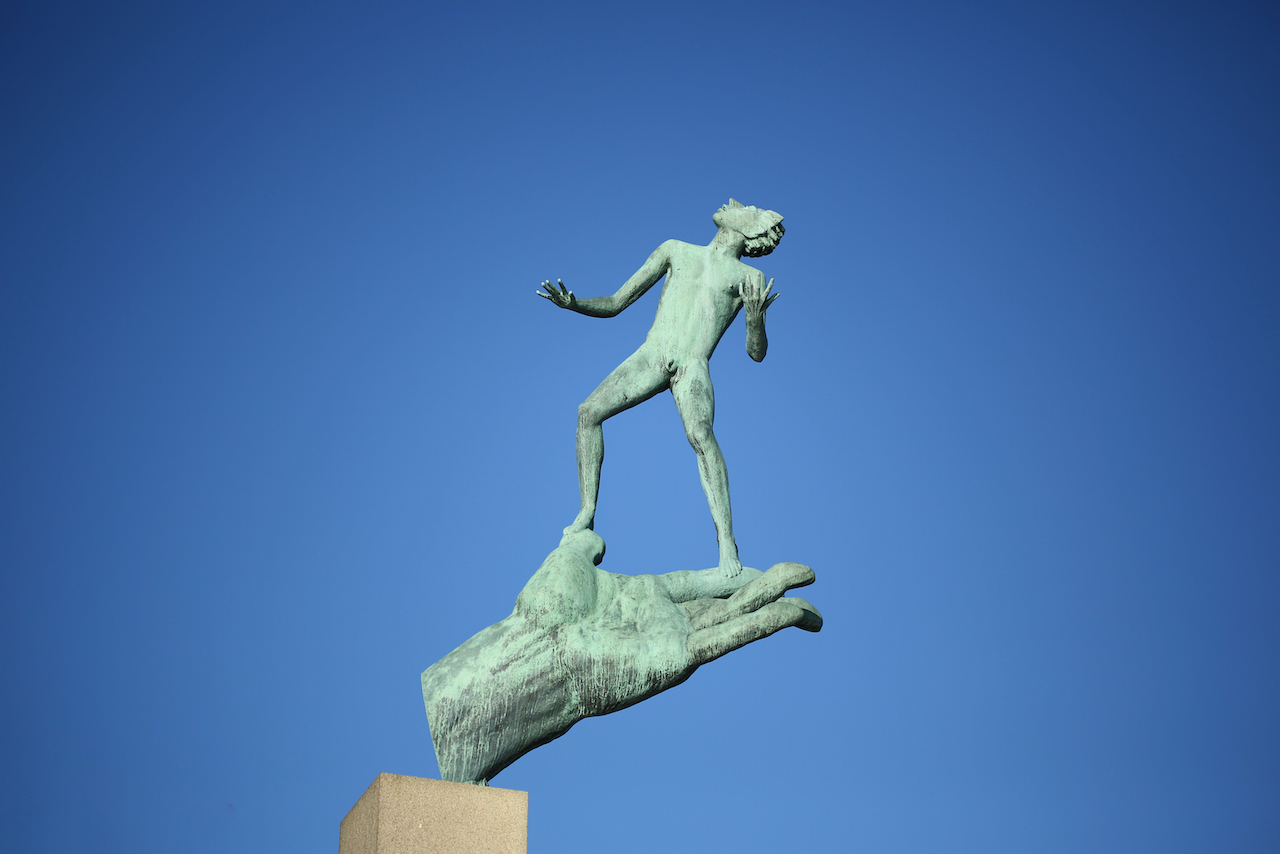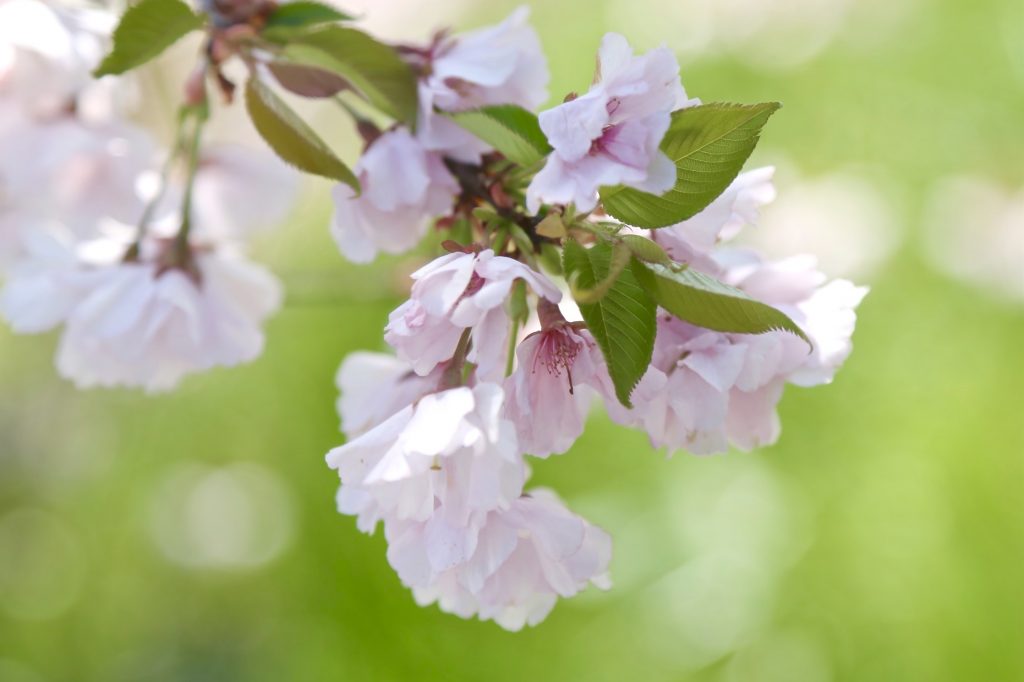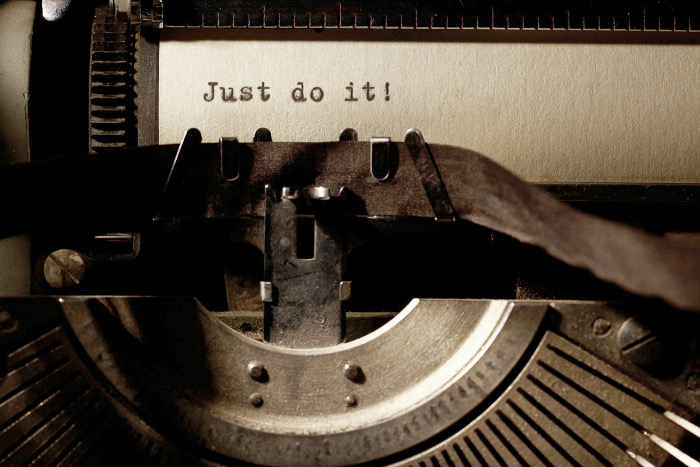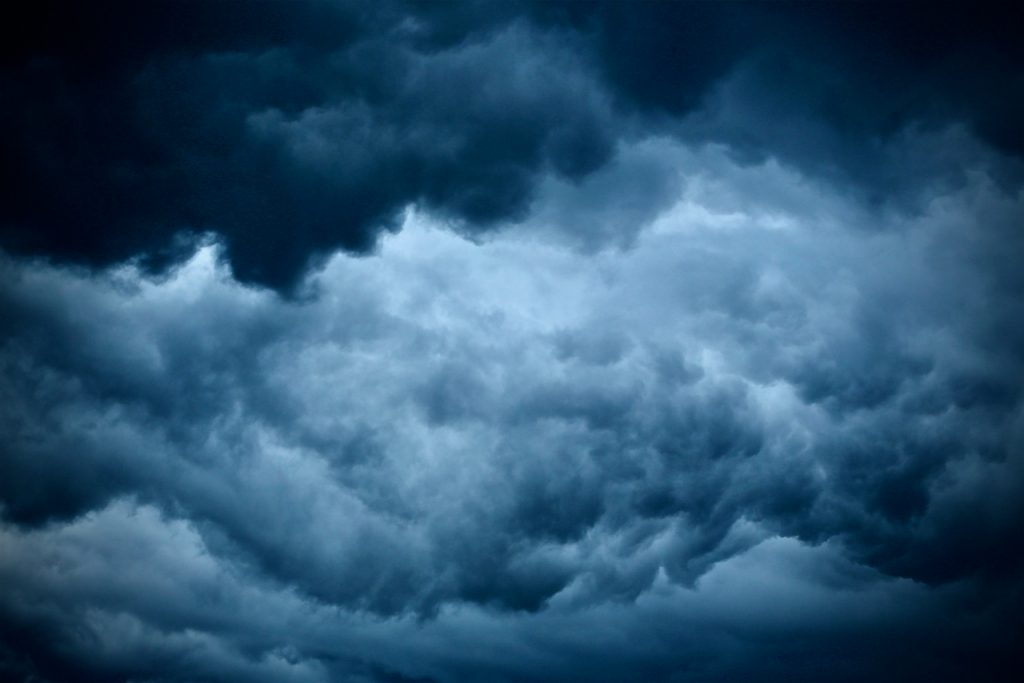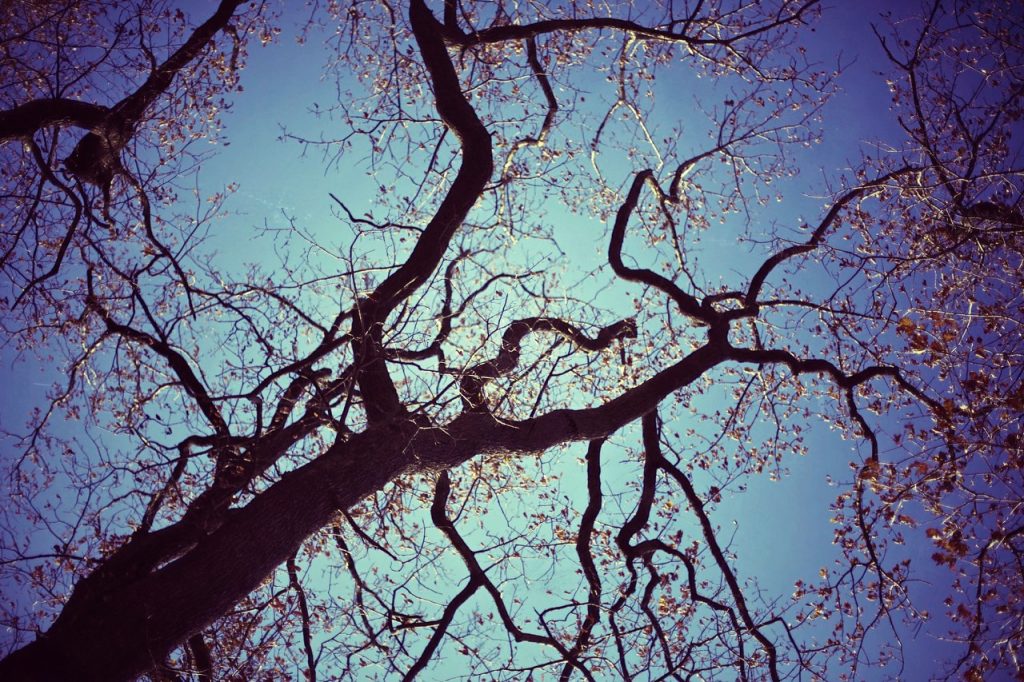“Novelists are not only unusually depressed, by and large, but have, on the average, about the same IQ as the cosmetics consultants at Bloomingdale’s department store. Our power is patience. We have discovered that writing allows even a stupid person to seem halfway intelligent, if only that person will write the same thought over and over again, improving it just a little bit each time. It is a lot like inflating a blimp with a bicycle pump. Anybody can do it. All it takes is time.”

I find solace in this Kurt Vonnegut quote in my moments of doubt, struggling with a text that doesn’t resemble in any way the picture I have in my head. I continue hammering at the keyboard, hoping to reach that exhilarating state when everything becomes possible.
From Suzanne McConnell’s book, Pity the Reader: On Writing with Style.
If you liked this post, share it on your preferred social network or forward it to a friend.
